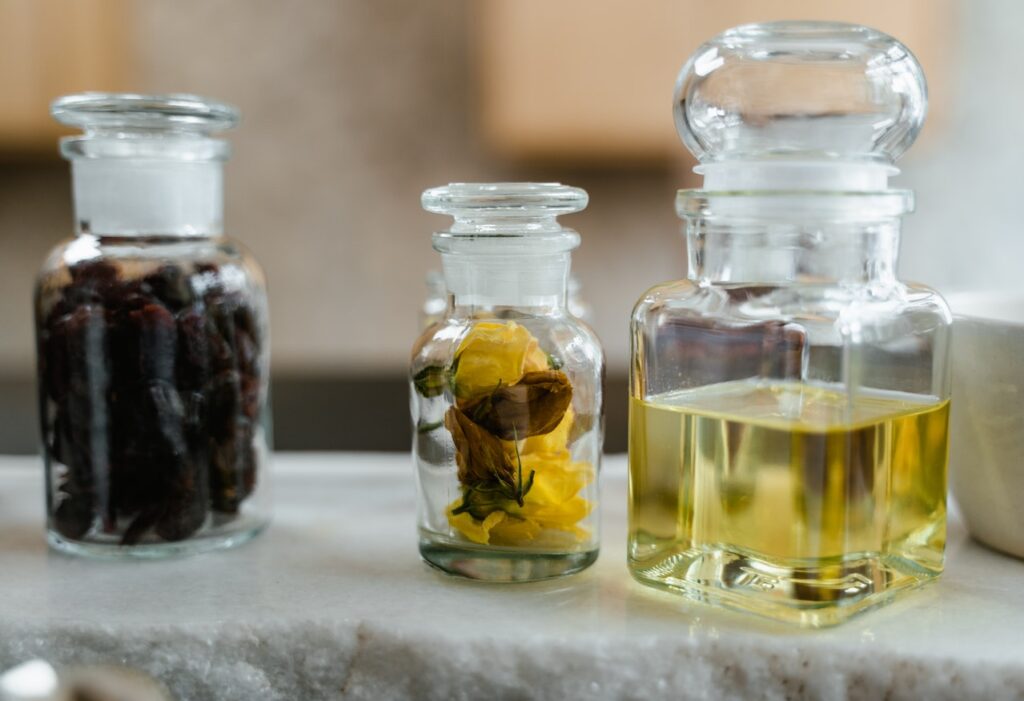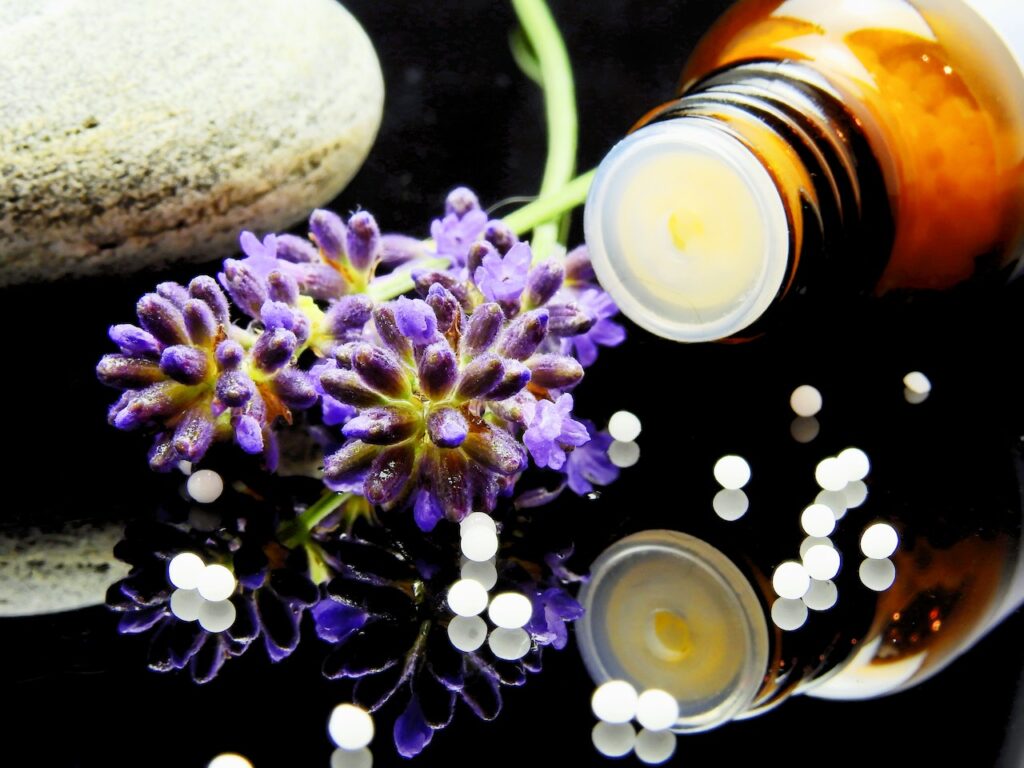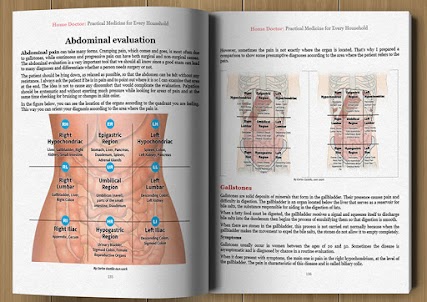With an ever-growing consciousness towards holistic wellness, navigating natural healing has become more significant than ever. Welcome to your comprehensive guide to one such pathway – the invigorating world of homeopathy! But what is homeopathy?
This age-old method of healing has been garnering worldwide acclaim for the balance it brings to our bodies, and for treating ailments at the root rather than merely addressing symptoms. Despite this, understanding homeopathy can often seem like an enormous task. But worry not! This article aims to demystify the concepts, reinforce the benefits, and arm you with ample knowledge to empower your journey of natural healing through homeopathy.
What is Homeopathy?
The roots of homeopathy can be traced back to ancient times, but it was Samuel Hahnemann, a German physician in the 18th century, who formalized the discipline. Dissatisfied with the harsh medical practices of his time, which included bloodletting and purging, Hahnemann embarked on a journey to find a gentler, more natural approach to healing.
Hahnemann’s discovery was based on the concept of ‘like cures like’, or the Law of Similars. This principle suggests that substances capable of causing symptoms in a healthy individual can be used to treat similar symptoms in a sick person. Hahnemann began experimenting with different substances, documenting their effects and developing what would become the first homeopathic Materia Medica, a compendium of the symptoms associated with each remedy.
Homeopathy quickly gained popularity throughout Europe and later spread to the United States and other parts of the world. Despite periods of controversy and criticism from conventional medicine, homeopathy has persisted, and today it is recognized as one of the leading systems of alternative medicine, used by millions around the globe.
The Principles of Homeopathy

1. The Law of Similars
As mentioned earlier, this is the cornerstone of homeopathic philosophy. It suggests that a substance causing symptoms in a healthy person can cure similar symptoms in a sick person.
2. The Use of Minimal Doses
Homeopathic remedies are prepared through a process called potentization, which involves repeatedly diluting and shaking the substance. This process is believed to enhance the energetic properties of the remedy while reducing the likelihood of side effects.
3. The Concept of Individualized Treatment
In homeopathy, it is believed that every person is unique and therefore responds to illness in a unique way. Thus, treatment is tailored to the individual’s specific symptoms and overall health, rather than a one-size-fits-all approach.
How is Homeopathy Beneficial?

- Treats the Individual as a Whole: Rather than focusing on a diseased part or a labeled sickness, this holistic approach considers the person’s physical, emotional, and mental state, promoting overall wellness.
- Gentle Nature: Homeopathic remedies are made from natural substances and prepared in such a way that they are safe, non-toxic, and do not cause harmful side effects. This makes homeopathy suitable for people of all ages, including infants and pregnant or breastfeeding women
- Seeks to Treat the Root Cause: Rather than simply managing symptoms, homeopathy aims to treat the underlying illness causing them. This encourages the body’s natural healing response and can lead to long-term improvement in health. In fact, many people turn to homeopathy for chronic conditions that conventional medicine has been unable to effectively manage.
Understanding How Homeopathic Remedies are Made

Homeopathic remedies are prepared through a unique process that involves a series of dilutions and vigorous shaking. The original substance, which could be a plant, mineral, animal product, or even a disease product, is first mixed with alcohol or water. The mixture is then diluted and shaken repeatedly. The final product is often so diluted that it may not contain any molecules of the original substance.
The remedies can come in various forms, including pellets, liquid drops, creams, and tablets. They are typically taken under the tongue, but they can also be applied topically or injected in some cases. Choosing the right remedy and potency is a key aspect of homeopathic treatment and usually requires the guidance of a trained homeopath. The choice is based on a detailed understanding of the person’s symptoms, including subtle emotional and mental changes, as well as their overall health.
Common Homeopathic Remedies and Their Uses

There are thousands of homeopathic remedies, derived from plants, animals, minerals, and other natural substances. The remedy choice depends on the specific symptoms the person is experiencing. For example, while there are many remedies for headache, the right one is chosen based on the nature of the pain, accompanying symptoms, and what makes the pain better or worse.
Some common remedies include:
- Mountain Arnica: trauma, bruises, and muscle soreness
- Strychnine Tree: digestive complaints and hangover symptoms
- Pasqueflower: emotional upset and symptoms that change often
- Belladonna: fever and inflammation
- German Chamomile: teething pain in infants and irritability
- Apis Mellifica: stinging pains and swelling
It’s important to remember that while these remedies can be very beneficial for acute conditions or minor ailments, professional guidance is recommended for chronic or serious health concerns.
Homeopathy vs Conventional Medicine

While both homeopathy and conventional medicine aim to help the patient achieve better health, they do so through very different approaches. Conventional medicine typically focuses on managing symptoms and uses drugs that work against the disease such as antibiotics, antivirals, and antifungals. These drugs often come with unwanted side effects.
On the other hand, homeopathy follows a holistic approach, considering the patient’s physical, mental, and emotional state. The remedies work with the body’s natural defenses, aiming to stimulate the body’s innate healing abilities. And due to their highly diluted nature, they are typically free of harmful side effects.
That said, homeopathy and conventional medicine can complement each other and are often used together in an integrative approach to healthcare. For example, homeopathy can help manage side effects of conventional cancer treatment or support recovery after surgery.
The Bottom Line
So, what is homeopathy if not an attractive choice for those seeking a natural path to health? Despite its critics, homeopathy has stood the test of time and continues to be used by millions of people around the world. The future of homeopathy looks promising. With increasing research supporting its efficacy and more people seeking natural and holistic healthcare options, homeopathy is likely to play an increasingly significant role in global healthcare.
In conclusion, homeopathy offers a unique and empowering approach to health and wellness. It invites us to view health not merely as the absence of disease, but as a state of balance and vitality. By harnessing the power of nature and honoring the wisdom of our bodies, we can navigate our way to better health and a more vibrant life.
Your Must-Have Guide to Ailments, Diagnosis & Unexpectedly Effective Home Remedies
Authored by 2 real doctors and a survivalist prepper, The Home Doctor, will enable you to (1) find a common “antibiotics” plant, (2) diagnose the type of abdominal pain you have, and (3) do so much more.







